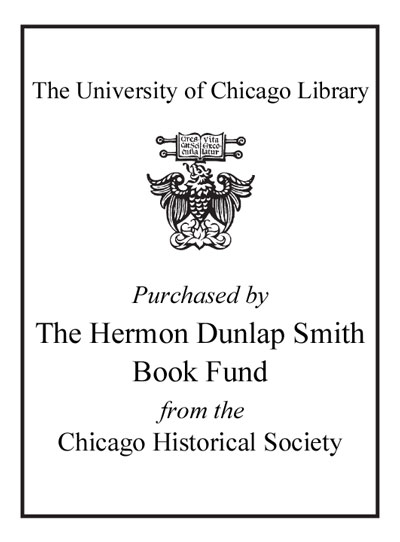Review by Choice Review
Public historian Catton (Univ. of Montana) has written several lengthy pieces for the National Park Service, including a prizewinner, American Indians and National Forests (CH, Sep'16, 54-0328). In this work, he offers a view of the early-19th-century American frontier, centering on the Boundary Waters region, from three different perspectives. Catton looks at the fur trade, Native cultures, and white attitudes toward the Natives through the eyes of three historical figures present at Rainy Lake House in 1823: John Tanner, a white man who lived among the Indians for over 30 years; Dr. John McLoughlin, a fur trader better known for his later role in the history of Oregon; and explorer Stephen Harriman Long. If developed more fully, this view would offer a valuable contribution to knowledge of the area and the time. In fact, most of the book becomes simply the biographies of the three major participants. As Catton bases his book almost entirely on secondary sources, this approach, while well written, offers little that is new. Several maps, a postscript, and notes at the back complement the text, but there is no bibliography. Summing Up: Recommended. General, public, and undergraduate collections. --Peter T. Sherrill, University of Arkansas at Little Rock
Copyright American Library Association, used with permission.
Review by Library Journal Review
Catton's (history, Univ. of Montana) narrative brings together three men who in many ways epitomize early 19th-century life on the U.S. and Canadian frontiers, where both geographical and social boundaries overlapped and were often blurred. Maj. Stephen Long, an officer in the U.S. Army, explored the reaches of the upper Mississippi River. Dr. John McLoughlin was a ranking official with Canada's Hudson's Bay Company. Captured by the Ojibwa as a child, John Tanner spent his life among the Ojibwa and Ottawa people, adopting their language and culture. The paths of these three men intersected in September 1823 at Rainy Lake House, a Hudson's Bay Company trading post. Catton chronicles each of their experiences, intertwining these accounts with facts about the fur trade, such as the competition between the Hudson's Bay Company and the North West Company. The author also covers the pressures exerted by a growing number of fur traders and geographic explorations, and how these missions impacted Native life and culture in the lands around the Great Lakes. VERDICT Catton's riveting story is exquisitely written and well-researched. A must-read for anyone interested in frontier history and recommended for all collections.-Patricia Ann Owens, formerly at -Illinois Eastern Community Coll., Mt. Carmel © Copyright 2017. Library Journals LLC, a wholly owned subsidiary of Media Source, Inc. No redistribution permitted.
(c) Copyright Library Journals LLC, a wholly owned subsidiary of Media Source, Inc. No redistribution permitted.
Review by Choice Review
Review by Library Journal Review

